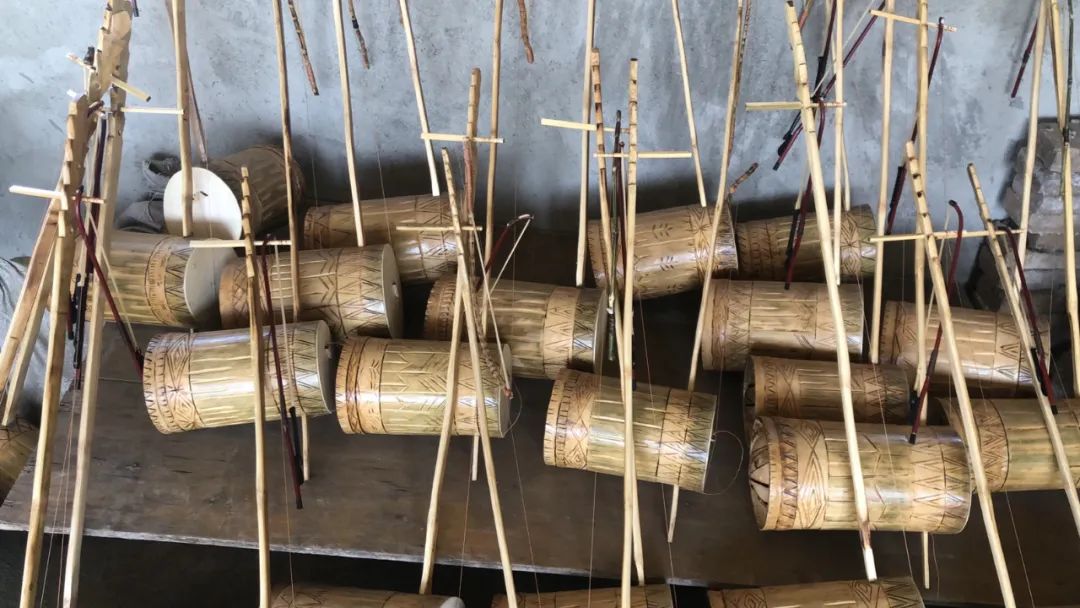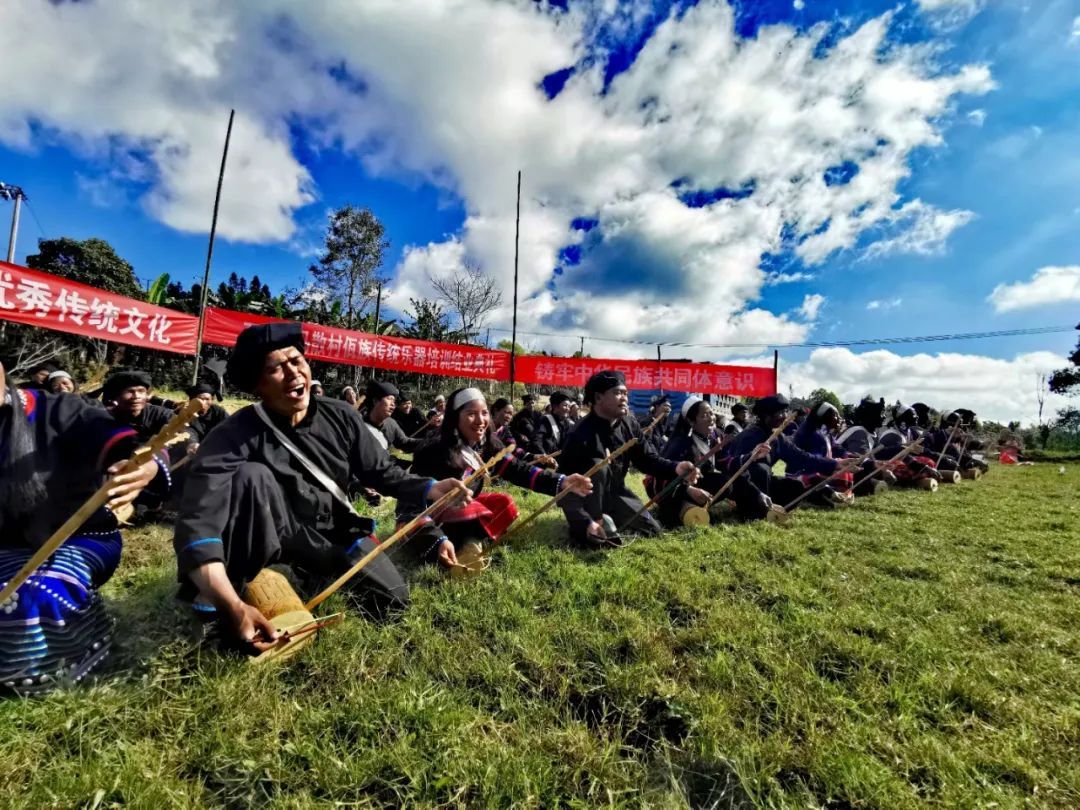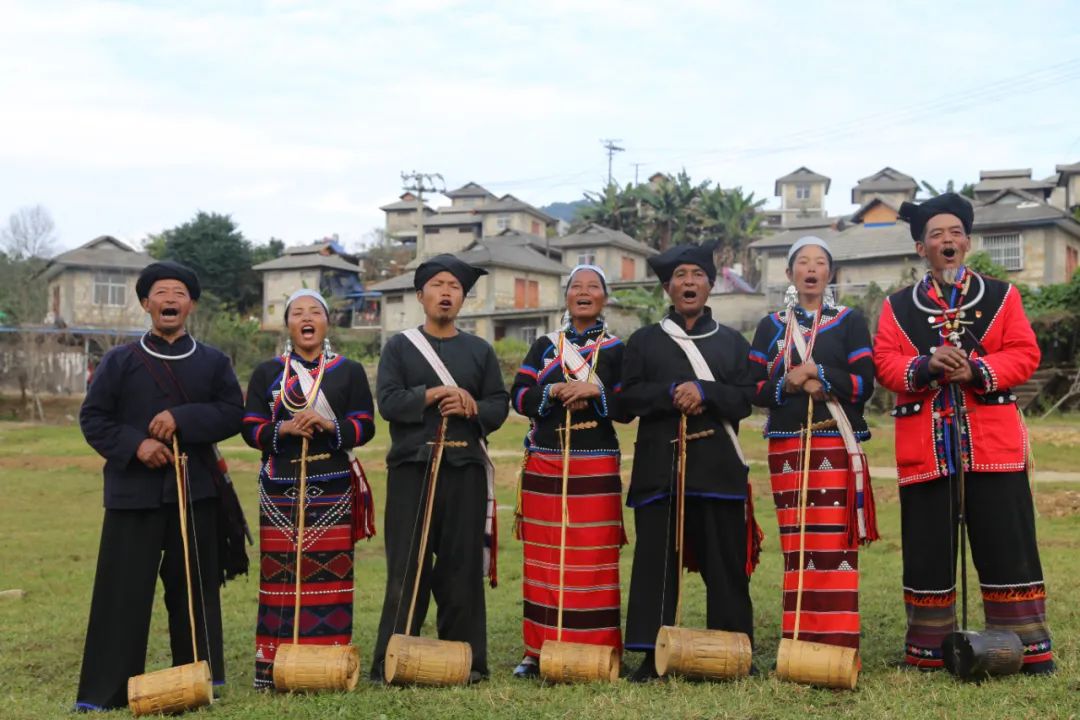Intangible Cultural Heritage - Wa Duxian Qin
Wa Duxian Qin, also known as "Duxian Hu", is similar to Erhu in shape and different in size. It is a representative bow string instrument of the Wa people and one of the main accompaniment instruments for singing Sigangli. It is widely spread in the Wa villages in Ximeng County, Puer City. Among them, Yong'e Village, Masan Village, Mengka Town, is the most widely distributed and has the highest public participation. In July 2022, Wa Duxian Hu music was included in the fifth batch of intangible cultural heritage protection list in Yunnan Province.

The single string zither has been handed down to this day with its unique tone and distinctive nationality. Its main tunes are Orphan Tune, New House Dance, New House Greeting, Zhaizi Tune, Girl String Tune, Welcome Tune, etc. The single string zither is unique in timbre, shape and music score. Although the shape of the Wa nationality's single string zither is simple and simple, and its original ecological characteristics are obvious, its texture is very delicate, especially its beautiful and soft timbre, which is very delicate and expressive, and can fully show people's feelings and inner world.


Yong'e Village, Masan Village, Mengka Town, is a traditional Wa village in the Western League. The Wa culture inside the village is deep, and the folk customs are simple. Every household has a beautiful national musical instrument, "Duxian Qin". It is an important base for studying the traditional Wa culture. Its unique natural scenery, beautiful folk tunes and Wa singing and dancing music deeply attract people to explore.
 渝公网安备 50010702504639号
渝公网安备 50010702504639号